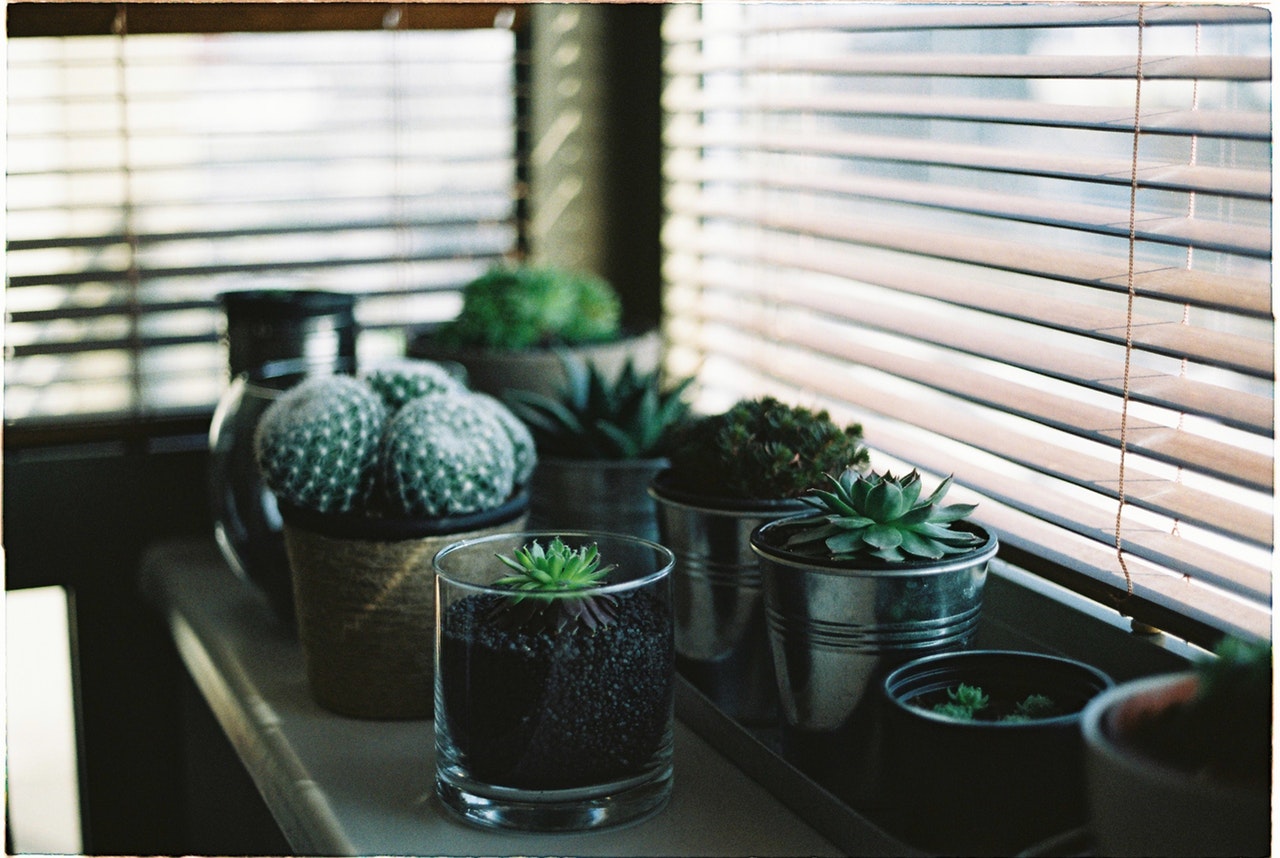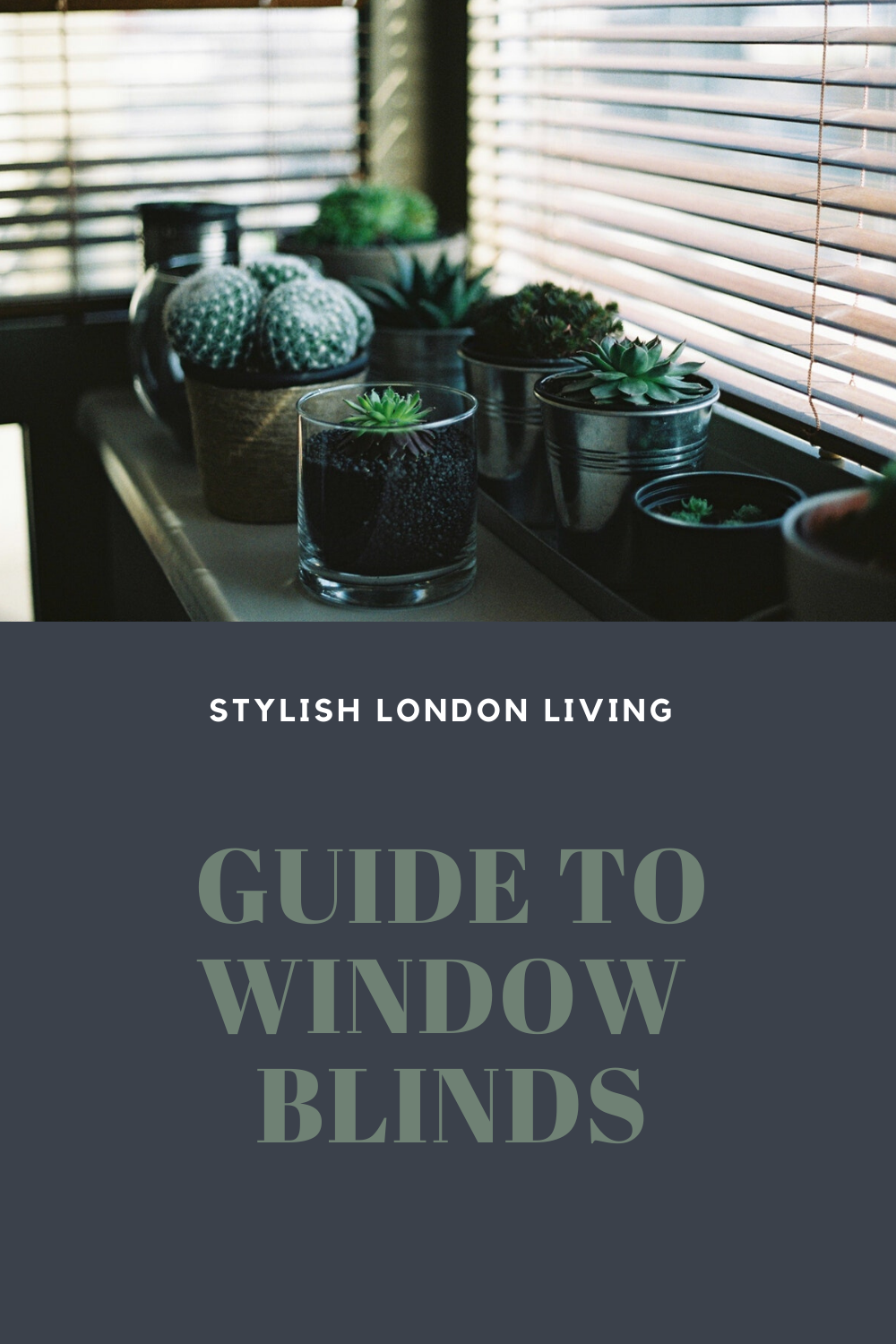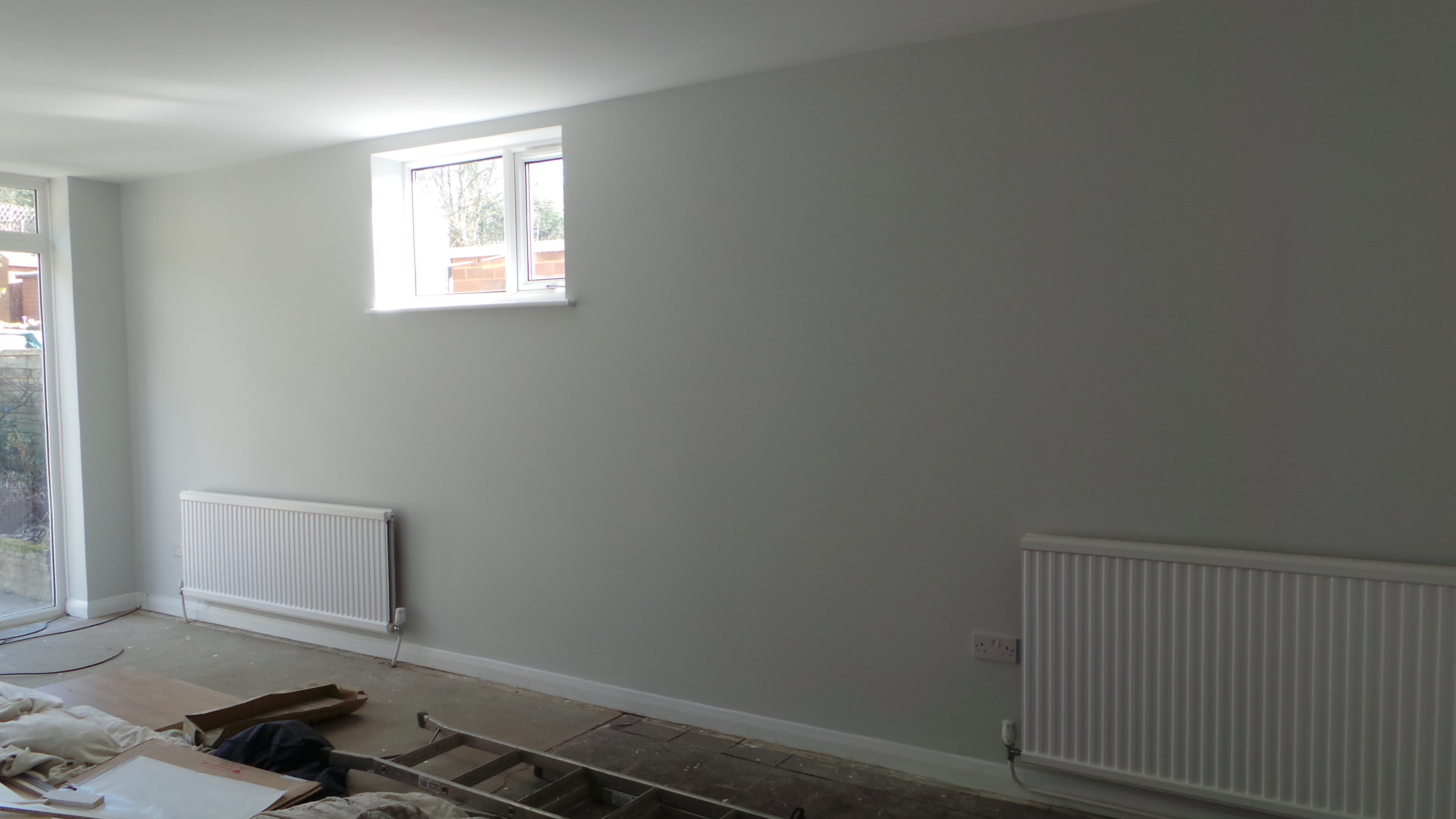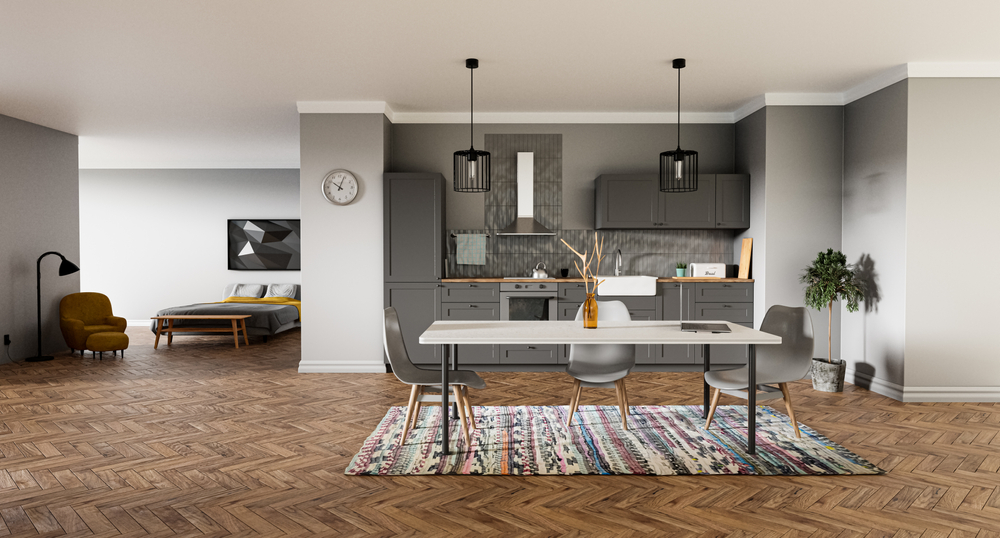Guide to Window Blinds

As well as helping you control the light, temperature and privacy of a space, blinds and window dressings also finish a room and can offer style and elegance to show off your lovely windows; personally I love L’Antic Colonial wood for windows, to find out more, click this link. Made of wood, fabric, and plastic there are many different kinds of window blinds which use a variety of control systems.
Most blinds are one of four types: Venetian, Roman, Vertical or Roller. If you’re unsure about the differences then check out the guide below.
Venetian blinds
Wooden blinds are generally known as Venetian blinds although both horizontal and vertical versions are also available in a number of man-made materials. They are the most common style of blind as they work well in any room and on virtually any window style! They are made up of horizontal or vertical slats, usually of metal or vinyl which can be rotated through nearly 180 degrees to allow light to pass between the slats.
The string system employed means that the blinds can be fully closed, partially open, or fully open (pulled up to clear the entire window) for complete light control. Venetian blinds are great to control exactly how much light comes into a room, due to the ability of the slats to close tightly.
Roman blinds
Used mostly to block out the sun, Roman blinds cover the full window height when open and are smooth without overlapping, made from multiple slats. The thick material usually has a backing which is reflective and they can stop the heat from escaping which is great in the winter months.
Roman blinds come in a large range of materials (most commonly silk or linen) and are an affordable option. Roman blinds are not suitable for spaces where protection is needed against high temperatures or moisture, making them unsuitable for bathrooms, however, are perfect for areas with a lot of glass such as a conservatory.
Vertical blinds
If you are not keen on blinds which collect dust then vertical blinds might be the right choice for your home. Similar to Venetian blinds, Vertical blinds employ a vertical pulling system instead of a horizontal system. Vertical blinds are less likely to collect dust because they stand vertically and are typically easier and faster to operate as they draw to the side rather than lifting and lowering.
They open and close for light control just like Venetian blinds and can quickly slide sideways to expose a door. They come in a large range of materials including fabric, PVC, faux wood, metal, real wood and S-curved slats so it’s easy to find something to suit your room. Vertical blinds offer protection against high temperatures or moisture.
Roller blinds
Roller blinds are similar to Roman blinds but they look like a big piece of the fabric that has been rolled down or up and do not have slats. They offer flexibility as they can block off the sunlight completely or partially, depending on what you like to have in your own room.
The blinds feature a one-piece design, generally constructed on a metal pole that operates by a side chain or spring mechanism. The uniform design completely blocks light from a room when closed, and allows full light to enter when opened. The design works similar to a window shade, although the design looks very similar to a Venetian blind.






